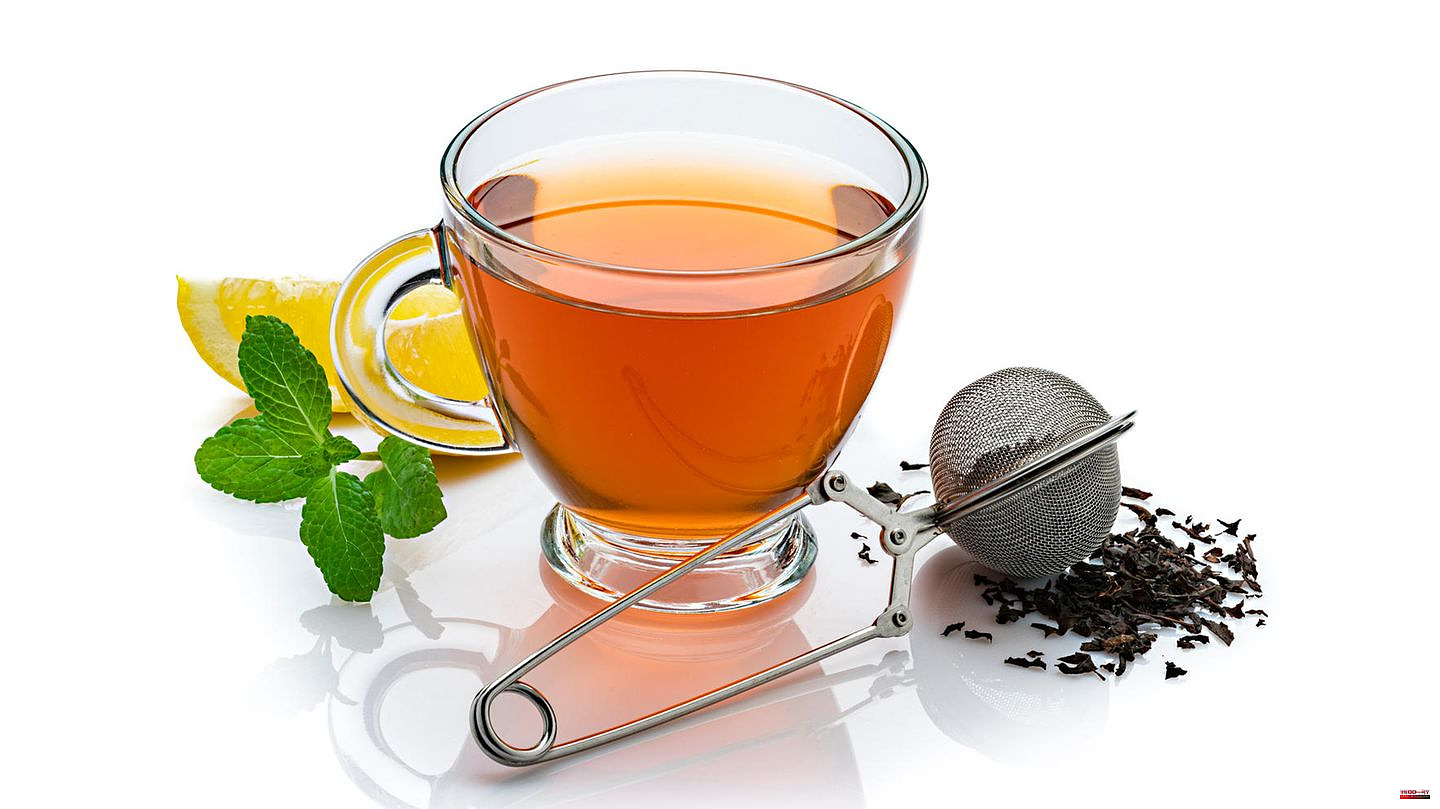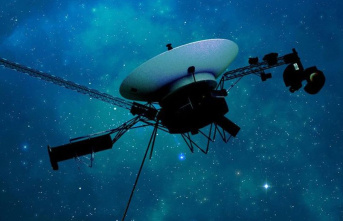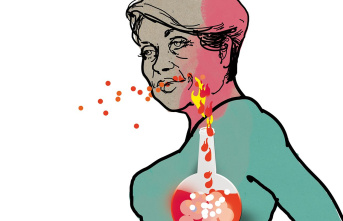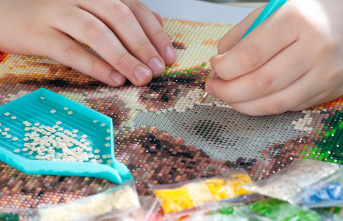Aside from the fact that every tea bag ends up in the bin after one use, some varieties contain nano and microplastics that end up in the water when brewed. This emerges from a Canadian study conducted in 2019 at McGill University in Montreal. The good news is that it (almost) only affects tea bags made of nylon or PET. Many tea bags that are sold in this country are mainly made of paper. But there are exceptions. In the following, we will explain what you should look out for when buying and why the tea strainer is a sensible purchase.
It doesn't matter whether you prefer black, green, herbal or fruit tea - if you prefer bags, you should pay attention to the following criteria: Normal paper tea bags (with string) usually do not contain any plastic because they are sewn and not glued . There are now also tea bags without a string, but with a glued plastic seam. There are also pyramid-shaped bags, which are not only significantly more expensive, but are also made from bioplastics. It is all the more important that you use plastic-free tea bags, such as those from Pukka, Alnatura, Yogi-Tea, Meßmer and Lebensbaum. These end up in the trash can too.
Loose tea leaves are plastic-free. In order to enjoy their pure taste, it makes sense to buy a tea strainer. Unlike traditional bags, it's reusable - and easy to clean. Due to its individual capacity, which you determine yourself, the strainer is just as suitable for cups as it is for teapots. Most models are made of rustproof and durable stainless steel, materials such as ceramic, plastic or silicone are rarely used (you should pay attention to the addition "BPA-free" here). A tea strainer is constructed with a particularly fine mesh so that no tea leaves remain in the glass. Depending on the manufacturer and your personal drinking preferences, you can choose between different sizes and shapes.
The preparation of tea works with a tea strainer in the same way as with a tea bag: put the desired herbs in the strainer and pour hot water over them. How long the hot drink has to steep depends on the variety - and is usually stated on the packaging. The longer you let the dried leaves infuse, the more intense (and sometimes bitter) the taste will be. Proper storage also plays an important role so that tea does not lose its aromas in advance: Make sure that it comes into contact with as little oxygen as possible by sealing the herbs in an airtight jar or other container.
And what happens to the tea strainer after you have prepared your hot drink? You can dispose of the tea grounds in the (organic) waste and then wash the strainer thoroughly under running water. Don't use dish soap so the next cup of tea doesn't taste like soap. Instead, throw the strainer in the dishwasher every now and then to clean it out.
Those: Statesman, Utopia
This article contains so-called affiliate links. There is more information here.












